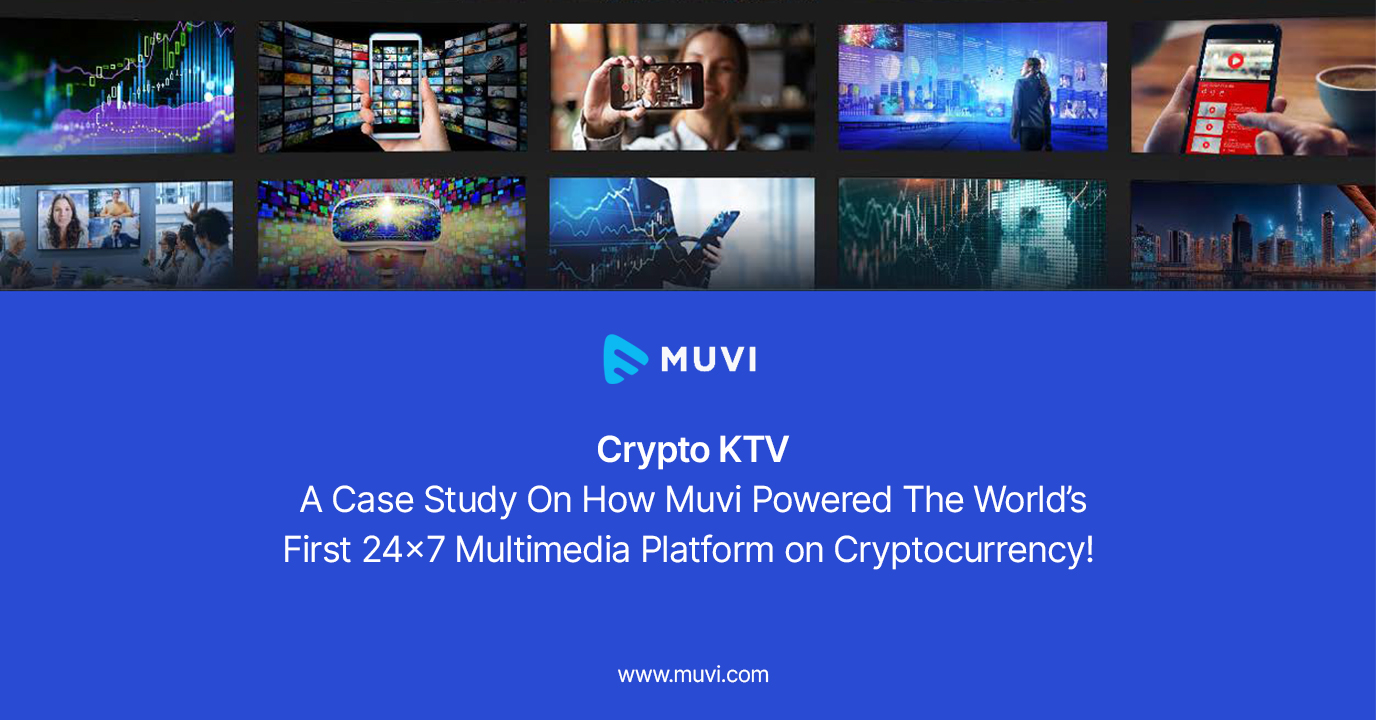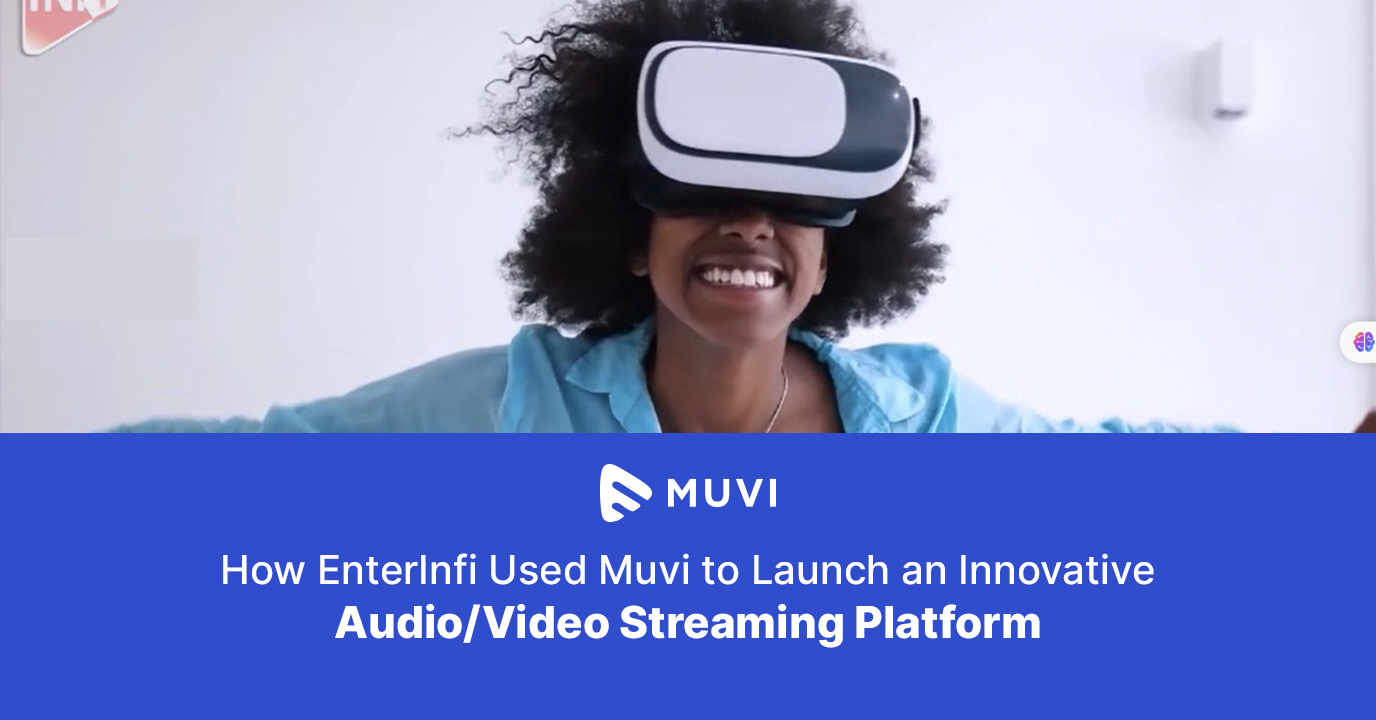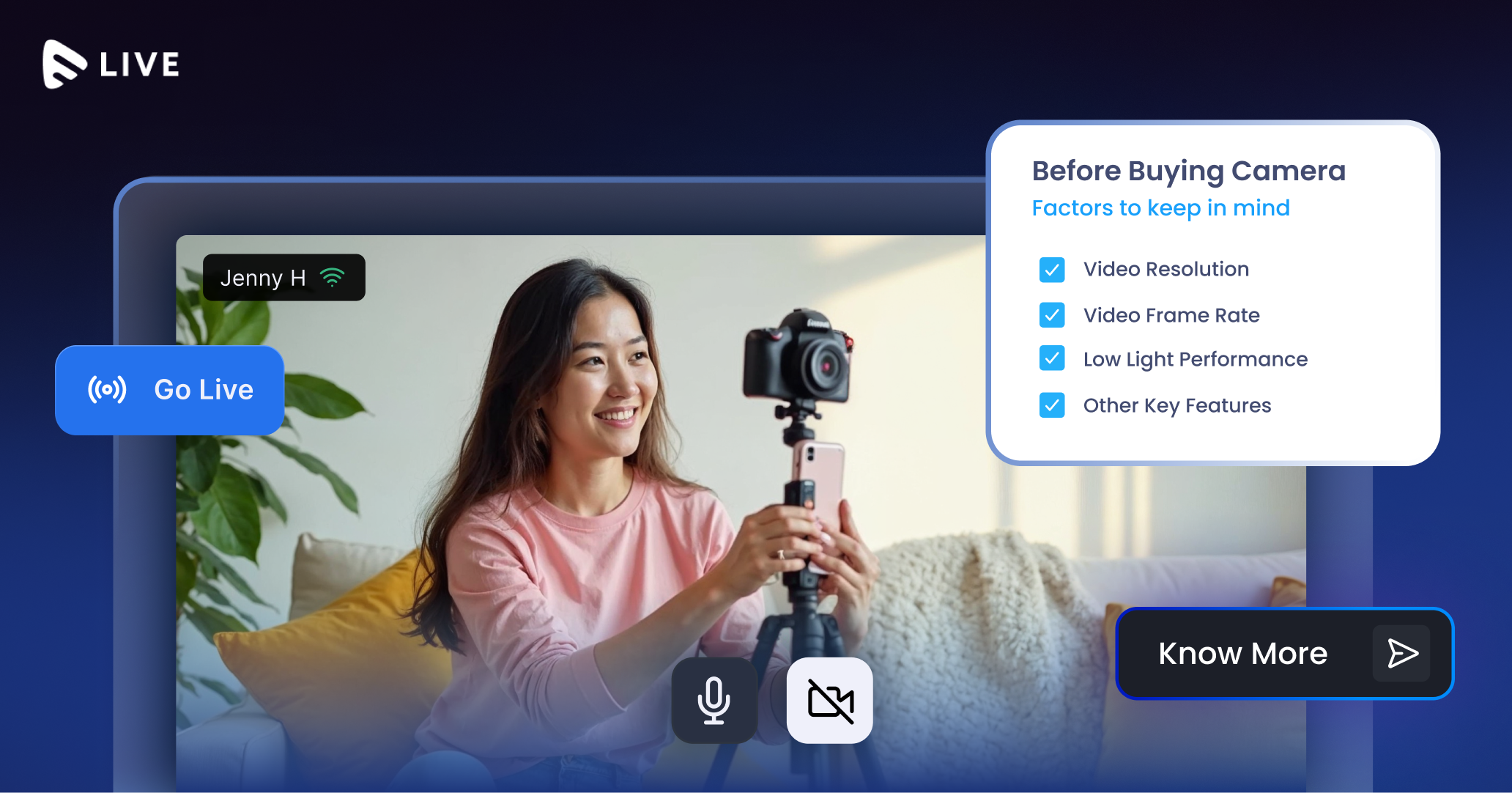Written by: Roshan Dwivedi
The trend lines indicate consumers are consuming more and more video on OTT platforms, but there is still a quality gap in terms of image quality between specifically live streaming video over the Internet and watching live video on the TV set.
All streaming platforms are plagued with outages once in a while. Even on-demand services such as Netflix can suffer from things such as poor Wi-Fi, which affects the viewer’s experience. But live video presents its own set of problems, which no OTT platform or service has yet perfected. Even during the recent live streamed NFL game on Yahoo – which the NFL deemed a great success – viewers were hit with a stuttering image and bouts of buffering, not to mention a tangible delay between the live streamed video feed and the game-related Twitter feed.
One large difference between traditional pay TV business and the nascent Internet TV business is that OTT subscribers expect a degree of flexibility in service terms that is virtually unheard of in the pay TV environment. Subscribers expect to be able to sign up for a free trial and they expect the sign-up process to be straight forward and simple; on the other hand, they also expect to be able to cancel the service whenever they want. This “easy in, easy out” scenario is completely foreign to traditional pay TV providers like Dish Network, and one that the company is struggling to measure success against.
“OTT is a little different,” said Charles Ergen, Dish Network CEO. “People can move in and out of it pretty easily because you do it all on the Internet. And there’s also probably seasonality to OTT that’s maybe a little bit different than what we see in linear TV.”
Churn for an OTT service isn’t nearly as frightening as it is for a pay TV service, in part because the cost to acquire a subscriber is very little compared to pay TV, which typically involves a truck roll and installing new equipment at the consumer’s house. For example, Dish Network’s cost to acquire a new subscriber is to the tune of $800 for its satellite pay TV business; for Sling TV, it’s the cost of the one month free trial.
Source : Rethink Research













Add your comment